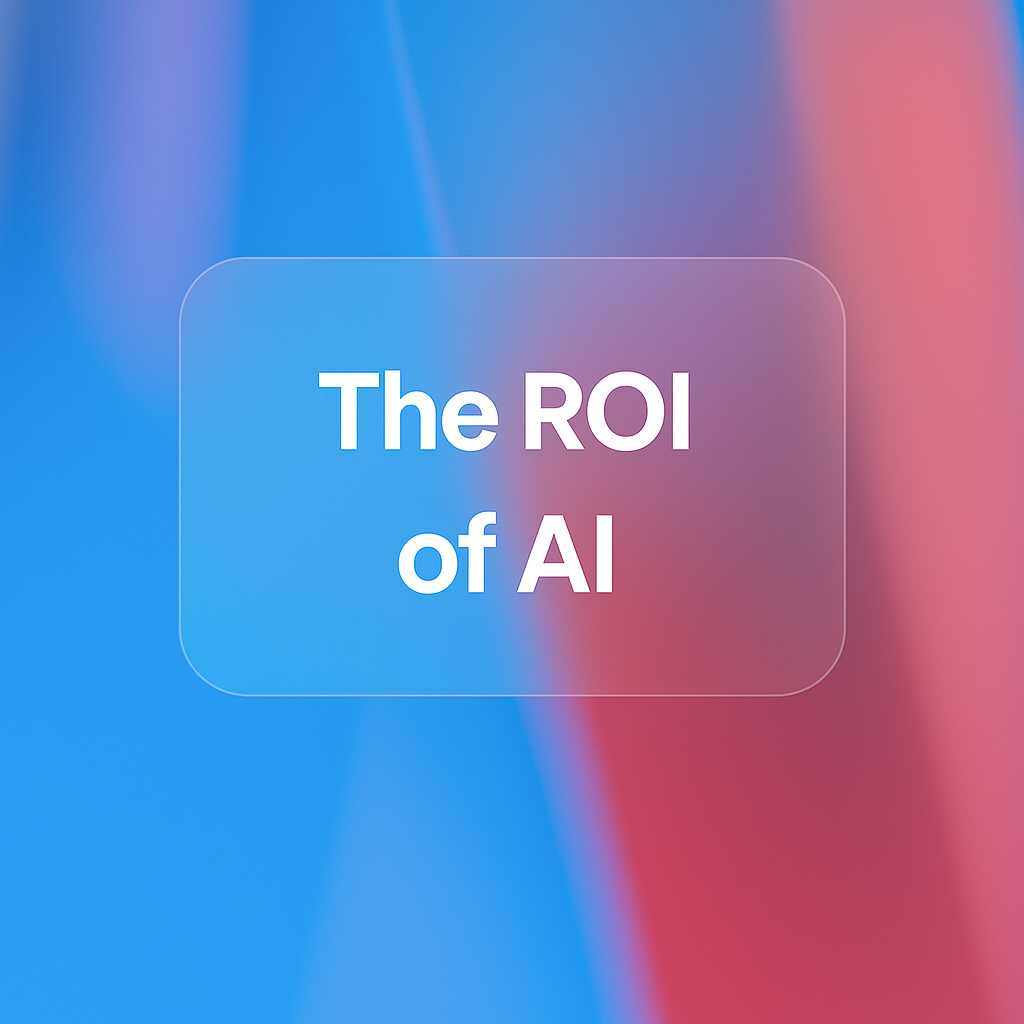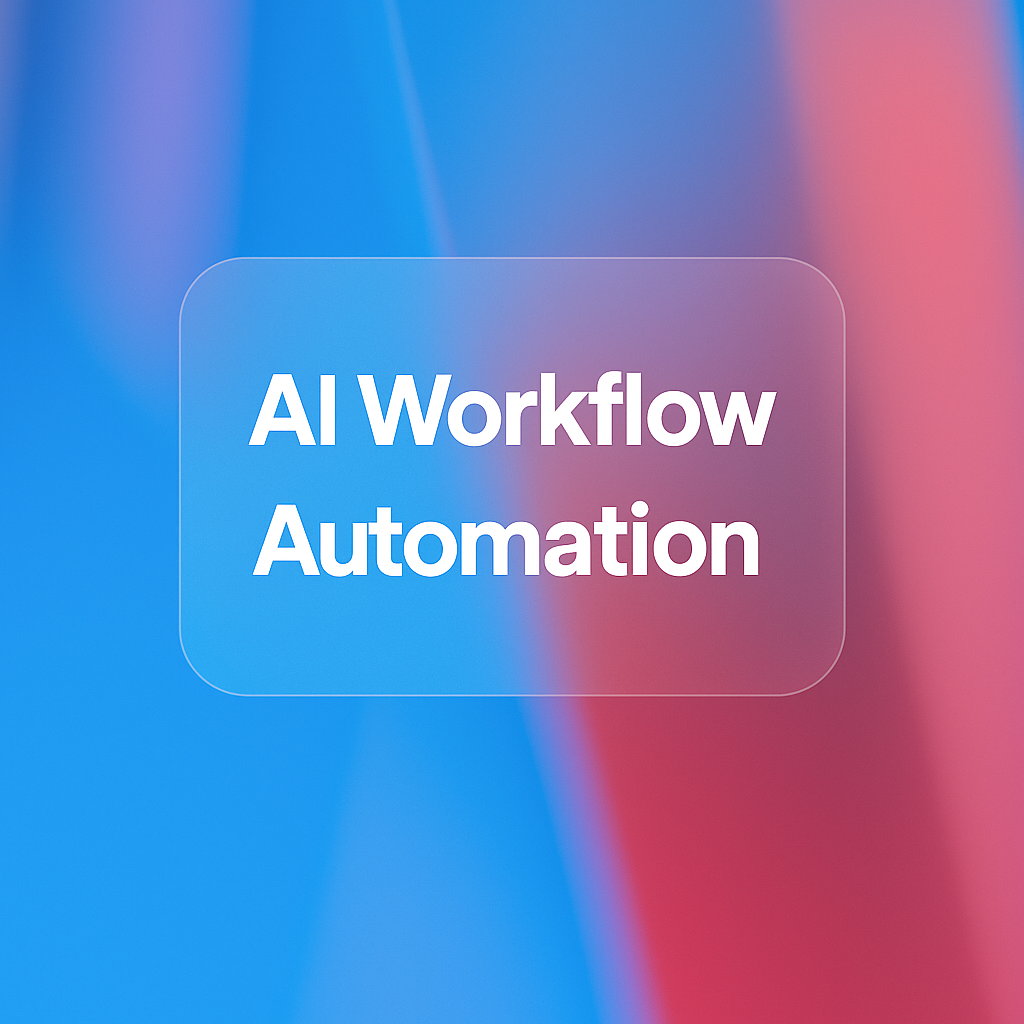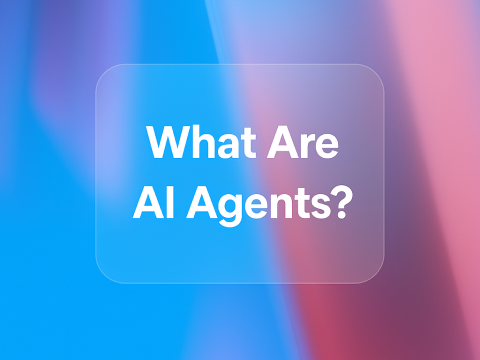
The ROI of AI: Measuring What Actually Matters
Most companies measure AI success by cost savings—but the real ROI comes from competitive advantages, innovation, and long-term strategic value. Learn how to measure what truly matters.
Every professional knows the feeling: drowning in repetitive tasks, juggling multiple priorities, and watching important work get delayed by administrative overhead. You’ve heard about AI’s potential to streamline workflows, but the gap between promise and practice feels overwhelming. Where do you start? Which processes should you automate first? How do you move from chaotic task management to clear, efficient systems?
The answer lies in strategic workflow automation that transforms scattered activities into streamlined processes. This isn’t about replacing human judgment with robots—it’s about creating intelligent systems that handle routine work while freeing you to focus on high-value activities that require creativity, strategy, and human insight.
Successful workflow automation begins with understanding your current processes, identifying automation opportunities, and implementing solutions systematically. Let’s explore how to move from workplace chaos to operational clarity through strategic AI implementation.
Many professionals confuse isolated task automation with comprehensive workflow automation. Task automation handles individual activities like scheduling meetings or formatting documents. Workflow automation orchestrates entire processes, connecting multiple tasks and decision points into seamless systems that operate with minimal human intervention.
Consider the difference between automating email responses versus automating customer onboarding. Task automation might generate individual welcome emails, but workflow automation manages the entire onboarding sequence: sending welcome materials, scheduling orientation calls, creating system accounts, assigning mentors, tracking progress, and escalating issues when new hires miss milestones.
Workflow automation excels when processes involve multiple steps, different stakeholders, and conditional logic. Instead of managing separate automated tasks, you create integrated systems where completion of one step automatically triggers the next, with intelligent routing based on specific conditions and outcomes.
Before implementing any automation, conduct a thorough assessment of your existing workflows. This diagnostic phase reveals automation opportunities while identifying processes that require human judgment and should remain manual.
Start by documenting your daily, weekly, and monthly recurring activities. Track not just what you do, but how long each activity takes, what information you need to complete it, who else is involved, and what triggers the activity to begin. This comprehensive mapping reveals patterns and bottlenecks that automated workflows can address.
Pay particular attention to handoff points where work moves between team members or departments. These transitions often involve delays, miscommunication, and duplicated effort—prime candidates for workflow automation that can eliminate friction and ensure consistent information transfer.
Use this framework to evaluate which workflows offer the best automation potential:
Process Analysis:
- Frequency: How often does this workflow occur?
- Complexity: How many steps and decision points are involved?
- Stakeholders: Who participates in this process?
- Current Pain Points: What consistently goes wrong or causes delays?
- Time Investment: How much total time does this process consume?
Automation Feasibility:
- Rule-Based Decisions: Can decisions be based on clear criteria?
- Data Availability: Is necessary information accessible and structured?
- Exception Handling: How often do unusual situations occur?
- Integration Requirements: What systems need to connect?
- Risk Tolerance: What happens if automation makes mistakes?
Impact Assessment:
- Time Savings: How much time would automation save weekly?
- Quality Improvements: Would automation reduce errors or inconsistencies?
- Scalability Needs: Will this process need to handle increased volume?
- Strategic Value: Does automation free resources for higher-value work?
- Implementation Effort: How complex would automation setup be?
Here’s how a customer service manager might assess their support ticket workflow:
Process Analysis:
- Frequency: 150+ tickets daily across multiple channels
- Complexity: Initial classification, routing, research, response, follow-up, escalation
- Stakeholders: Front-line agents, technical specialists, account managers, customers
- Current Pain Points: Inconsistent routing, delayed responses, repetitive research, missed follow-ups
- Time Investment: 8-12 minutes average per ticket, 20+ hours daily team time
Automation Feasibility:
- Rule-Based Decisions: Yes - routing based on keywords, priority based on customer tier
- Data Availability: Customer data, product info, and solution database accessible
- Exception Handling: ~15% of tickets require human judgment for complex issues
- Integration Requirements: Help desk, CRM, knowledge base, notification systems
- Risk Tolerance: Medium - automated responses need approval for high-value customers
Impact Assessment:
- Time Savings: 40% reduction in routine tasks = 8 hours daily saved
- Quality Improvements: Consistent routing, faster response times, better documentation
- Scalability Needs: Peak season volume increases by 200%
- Strategic Value: Allows focus on complex problem-solving and relationship building
- Implementation Effort: Medium complexity, 6-8 weeks with existing tools
Executives benefit from automation that focuses on information synthesis, decision support, and strategic communication. Executive workflows typically involve gathering input from multiple sources, analyzing trends, and communicating insights to various stakeholder groups.
An executive’s weekly board report workflow might automatically collect performance metrics from different departments, identify significant variances from targets, research relevant market factors, draft initial analysis, and prepare presentation materials.
Marketing professionals manage complex workflows involving content creation, campaign execution, performance monitoring, and optimization. These processes often involve multiple team members, external vendors, and cross-platform coordination.
Operations professionals excel when workflow automation handles project coordination, resource allocation, and stakeholder communication. These workflows often involve complex dependencies, multiple approval stages, and real-time status updates.
Automation can handle appointment scheduling, patient communication, insurance verification, and documentation while ensuring regulatory compliance.
Legal, accounting, and consulting firms benefit from workflows that automate client onboarding, project setup, time tracking, and billing processes.
Software development teams use automation for code deployment, testing, documentation, and release management.
Map current processes thoroughly, identify key automation candidates, and secure buy-in from stakeholders.
Begin with a low-complexity, high-impact workflow. Track performance and refine before scaling.
Expand to other workflows and integrate systems to ensure cross-platform efficiency.
Focus on automating routine, rule-based tasks—don’t remove the human element from strategic areas.
Ensure systems are well connected and data flows seamlessly across platforms.
Involve the team early, communicate clearly, and provide training to encourage adoption.
Track time saved, error reduction, employee satisfaction, and workflow scalability. Iterate continuously based on feedback.
Create a culture that values automation as a tool for enhancement—not replacement. Equip teams with the skills to collaborate with intelligent systems and scale what works.
The future belongs to organizations that pair human creativity with AI efficiency. Start small, scale smart, and lead your industry by making automation a strategic advantage.

Most companies measure AI success by cost savings—but the real ROI comes from competitive advantages, innovation, and long-term strategic value. Learn how to measure what truly matters.

Tired of drowning in repetitive tasks and disorganized systems? Learn how AI workflow automation can turn daily chaos into streamlined clarity, freeing up your time for what really matters.

Imagine a digital teammate who not only understands your goals but takes initiative, researching, planning, and executing tasks while you focus on the big picture. That’s the promise of AI agents: intelligent, autonomous systems reshaping how modern work gets done.

Unlocking AI’s full potential doesn’t start with the tech, it starts with your words. A well-crafted prompt is your golden key to better outputs, faster workflows, and smarter results. Master the art, and watch GenAI become your most powerful collaborator.
Navigation
Industries
Roles
Categories
2025 © UseGen.ai. All rights reserved.